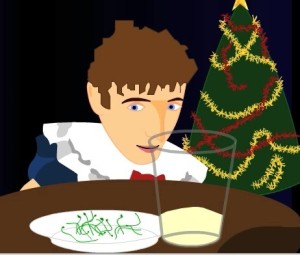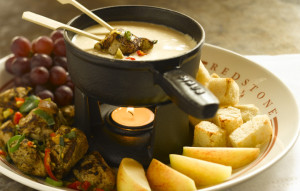Swiss authorities are investigating if cheese from one company is linked to the deaths of 10 people with listeriosis since 2018.
 The Schwyz Public Prosecutor’s Office has opened criminal proceedings in connection with Listeria in dairy products and is investigating allegations against the owner of the cheese firm.
The Schwyz Public Prosecutor’s Office has opened criminal proceedings in connection with Listeria in dairy products and is investigating allegations against the owner of the cheese firm.
A total of 34 cases are believed to have been infected with the same Listeria strain that was detected in brie from the dairy, according to the criminal complaint. Ten of the 34 sick people died. This resulted from analyzes commissioned by the federal government.
The ongoing investigation, with Schwyz police, includes whether the business owner is responsible for the illnesses and has violated food law.
Käserei Vogel AG, based in Steinerberg, a municipality of Schwyz, found Listeria in semi-hard cheese and at its production site in May this year. The company issued a recall, told authorities and informed its buyers to remove the products from shelves. The cheesemaker has already closed the business. More than 25 items sold across Switzerland were recalled and distribution also included Belgium and Germany.
Listeriosis caused by persistence of listeria monocytogenes serotype 4b sequence type 6 in cheese production environment
Emerging Infectious Diseases vol. 27
Magdalena Nüesch-Inderbinen , Guido V. Bloemberg, Andrea Müller, Marc J.A. Stevens, Nicole Cernela, Beat Kollöffel, and Roger Stephan
https://wwwnc.cdc.gov/eid/article/27/1/20-3266_article
A nationwide outbreak of human listeriosis in Switzerland was traced to persisting environmental contamination of a cheese dairy with Listeria monocytogenes serotype 4b, sequence type 6, cluster type 7488. Whole-genome sequencing was used to match clinical isolates to a cheese sample and to samples from numerous sites within the production environment.









